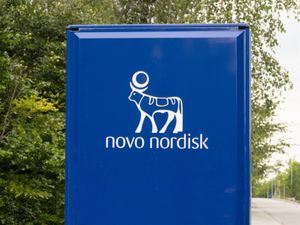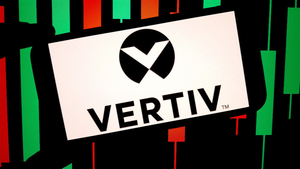
SPONSORED CONTENT -- (StatePoint) If you’re like many Americans, college savings may be taking a back seat to other financial priorities right now. Financial advisors want you to know that there are options to maximize education savings that you may not be taking advantage of.
New research from Edward Jones, a leading North American financial services firm, and Morning Consult found that 52% of Americans don’t know what 529 plans are, and only 14% note they have or intend to use one as part of their education savings strategy.
“As a parent myself and as a financial advisor, I’ve seen the impact that 529 plans have had for my family’s and my clients’ education savings,” said Andy Esser, a financial advisor at Edward Jones. “With education costs and borrowing costs on the rise, it’s more important than ever for Americans to understand the savings options available to them.”
To help you get your education-specific and broader financial goals on track this 529 Day–celebrated May 29–Edward Jones is sharing these fast facts about 529 plans:
529 plans, defined: A 529 plan is an education savings investment account that offers federal and state tax benefits. Earnings grow tax free and distributions are tax free, when used for qualified education expenses, and many states plans offer state income tax deductions for contributions
Distributions are flexible: While 529 plans offer a variety of options for how beneficiaries use the funds, this fact is widely misunderstood. In fact, the majority of surveyed Americans are not aware that 529 funds can be used for qualified apprenticeships (72%), K-12 expenses (65%), or possibly even for rollover funds to a Roth IRA (81%), among other options.
Account management offers options: If your family has multiple children, you may choose to open just one 529 account, or different accounts for each child. Either way, if a named beneficiary decides not to attend school, the account owner can change the beneficiary to another eligible family member.
Contributions are easy: 529 plans accept contributions from anyone, regardless of whether they are account holders, making it easy for loved ones–from grandparents to family friends–to contribute to tax-advantaged education savings.
Savings are falling short: Only 38% of Americans feel like they are saving enough to reach their education savings goals, meaning most families will likely need to lean on student loans to meet costs. A 529 plan can offset what your family might need to borrow, helping position you for a debt-free future.
Financial advisors can help: The majority of respondents (78%) do not typically consult a financial advisor before making decisions related to education savings, but 21% say that working with a financial advisor would help them feel better about covering the costs of future education expenses. Financial advisors can act as impartial third-party experts to develop tailored strategies to meet your savings goals within the context of your big-picture financial goals.
To learn more about 529 plans, visit www.edwardjones.com.
“Amid inflation and high interest rates, a growing number of young people are considering skipping higher education altogether. Understanding the many savings options available can help them make an informed decision about whether college is within reach,” says Esser.
*****
Photo Credit: (c) Drazen Zigic / iStock via Getty Images Plus





